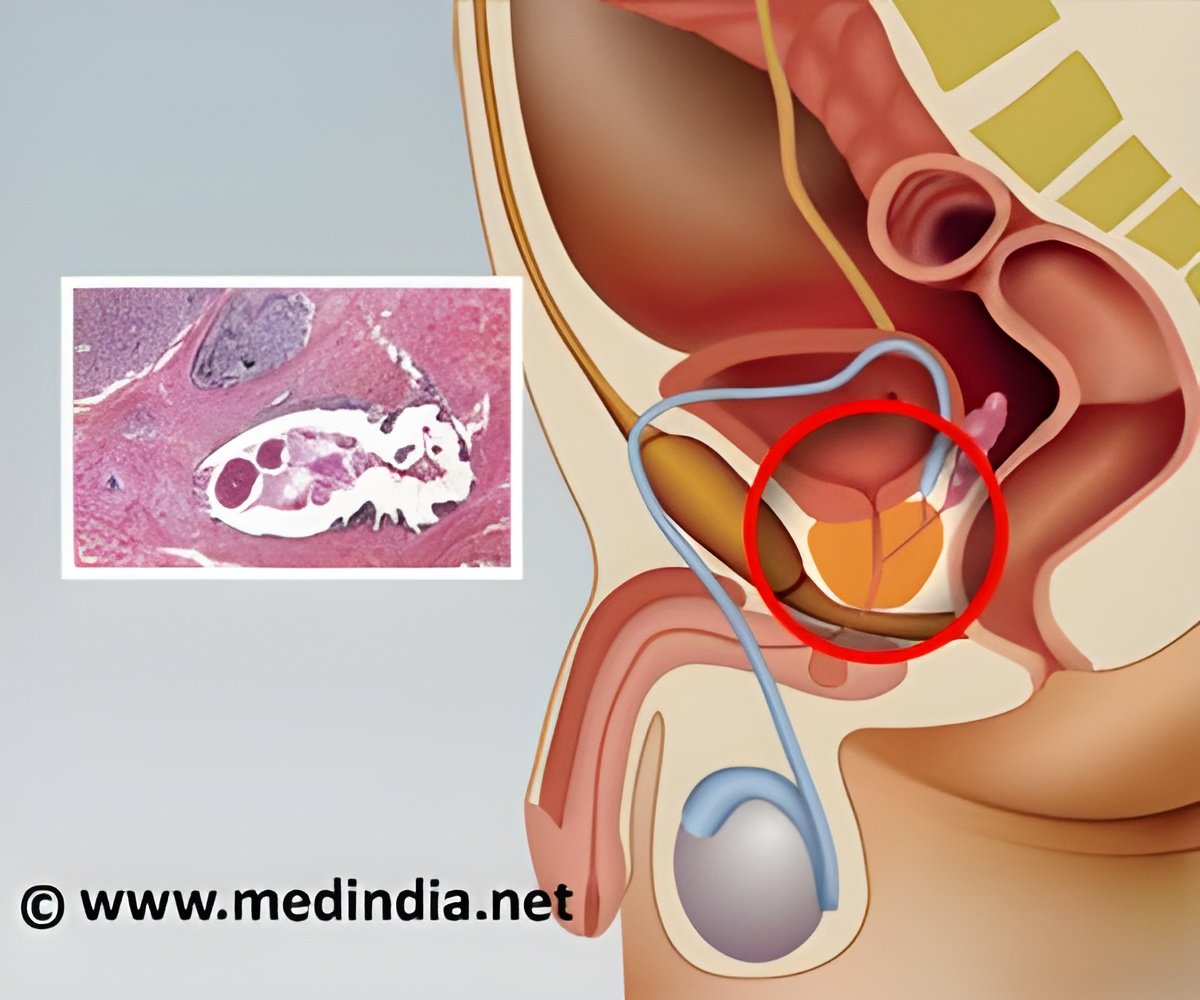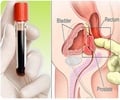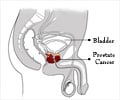The first center in the USA to test an Israeli-invented device designed to increase the space between the prostate and the rectum was the Virginia Commonwealth University Massey Cancer Center.

"We found that the addition of BioProtect reduced the radiation dose delivered to the rectum by an average of about 30 percent," says local primary investigator Mitchell Anscher, M.D., Florence and Hyman Meyers Chair of Radiation Oncology at VCU Massey Cancer Center. "Most notable was the device's ability to reduce exposure at higher radiation levels, which indicates that the cancer could be safely treated with more aggressive protocols."
The researchers observed a greater reduction in radiation exposure to the rectum at increasing radiation dose levels. At 50 percent of prescribed dose, there was little difference in rectal tissue exposure. However, there was a 55.3 percent reduction at 70 percent of the prescribed dosage, a 64 percent reduction at 80 percent of the prescribed dosage, a 72 percent reduction at 90 percent of the prescribed dosage and an 82.3 percent reduction at 100 percent of the prescribed dosage.
As anticipated, all implanted balloons started to degrade three months after implantation. The researchers concluded that the device could be especially useful in hypofractionated radiation therapy. Hypofractionated radiation therapy uses larger doses of radiation applied over a shorter number of treatments instead of delivering a small percentage of the total dose during daily treatments spread over a longer period of time.
"Massey has many patients that travel from rural areas for care. If this device allows us to deliver the prescribed radiation dose over a shorter period of time, we can reduce the overall burden on the patient and they can spend less time away from work and their family," says Anscher. "We hope to initiate a Phase II clinical trial in a larger cohort of patients in order to determine the effectiveness of the device in reducing rectal injury in comparison to standard treatment protocols."
Source-Eurekalert

![Prostate Specific Antigen [PSA] & Prostate Cancer Diagnosis Prostate Specific Antigen [PSA] & Prostate Cancer Diagnosis](https://images.medindia.net/patientinfo/120_100/prostate-specific-antigen.jpg)











